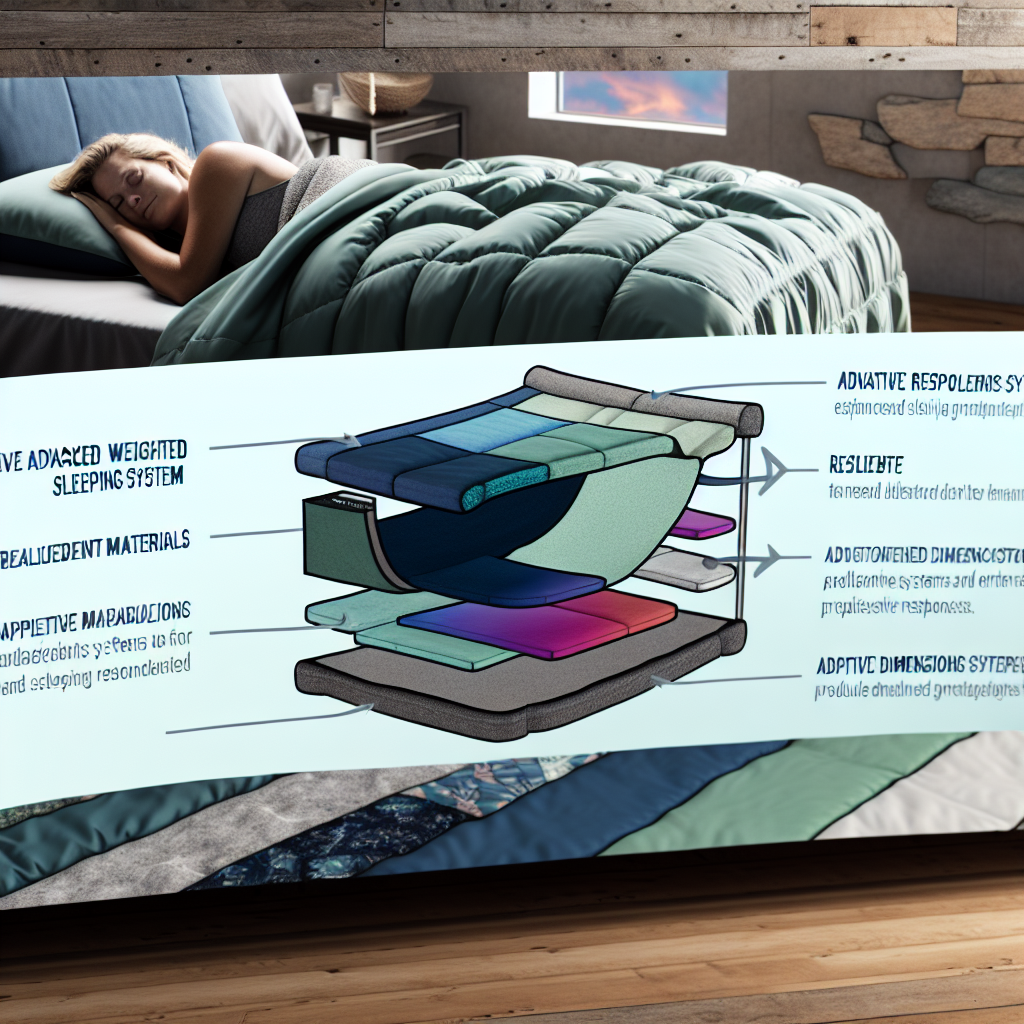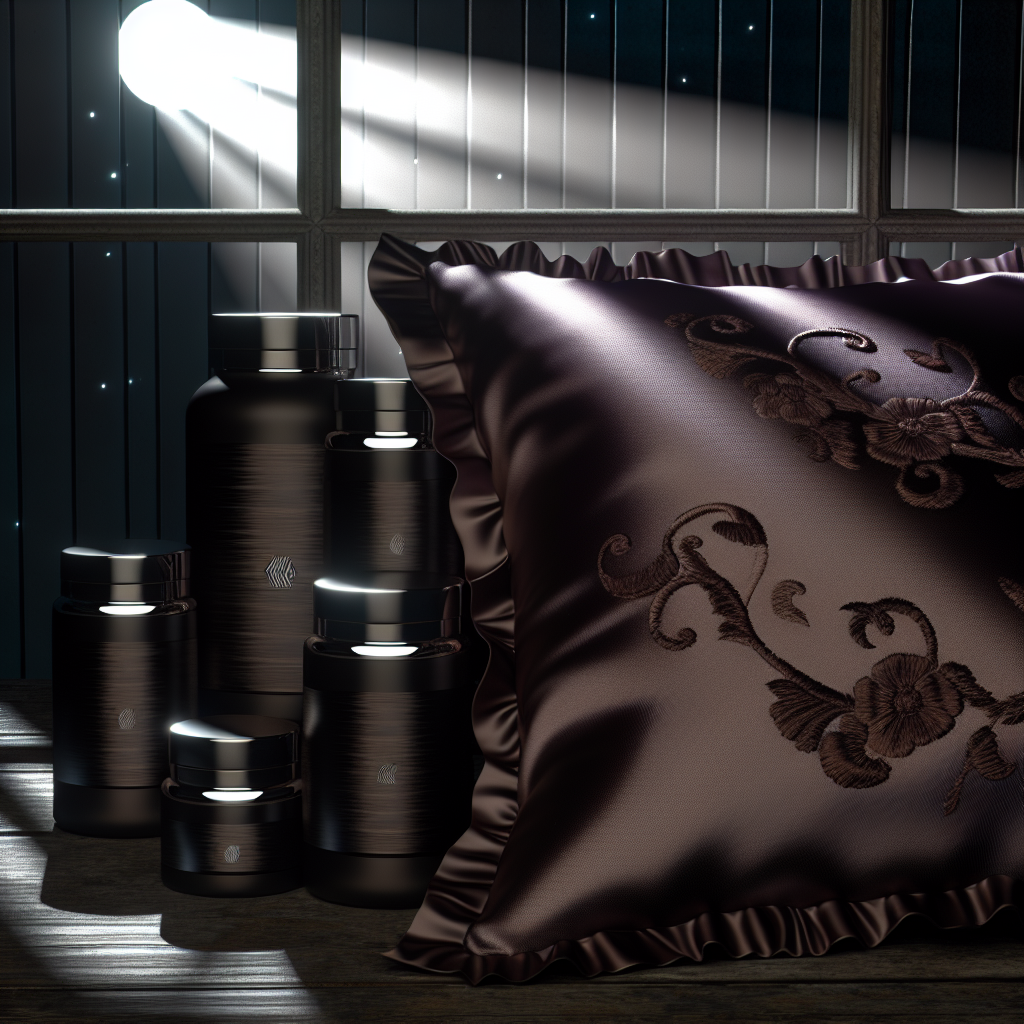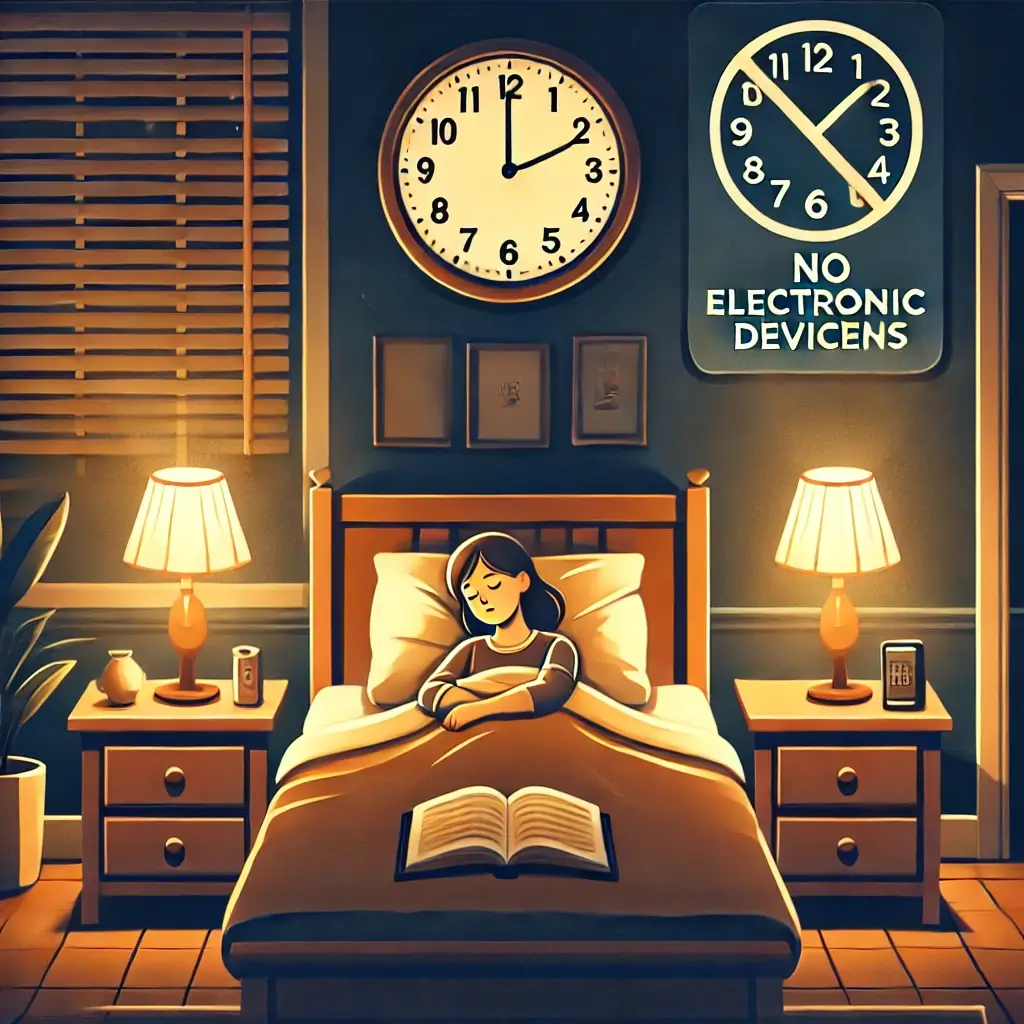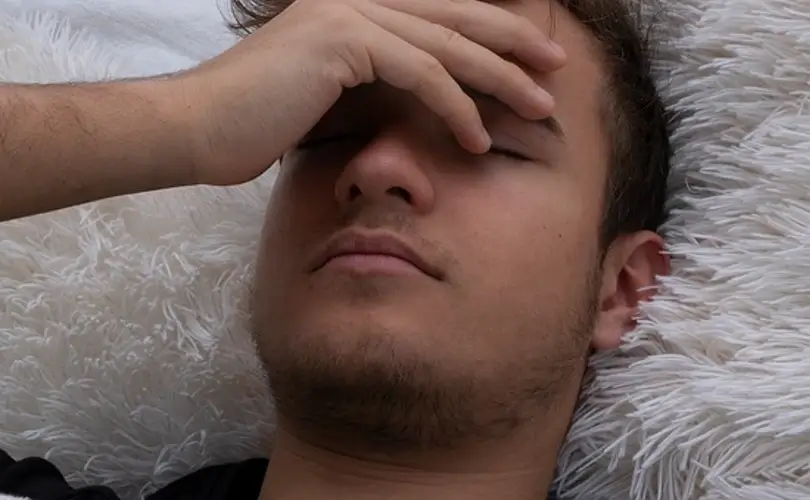Proprioceptive Sleep Enhancement: Weighted Compression Systems Beyond Basic Gravity Blankets
The quest for better sleep health has led to a surge in innovative tools designed to calm the mind and body, promoting restorative rest. Among these, gravity blankets—more commonly known as weighted blankets—have become a popular solution for easing anxiety and enhancing sleep quality. However, as our understanding of sleep science and sensory health advances, a new frontier is emerging: proprioceptive sleep enhancement. This approach expands on the foundational benefits of deep pressure stimulation (DPS) by incorporating science-backed methodologies designed to stimulate the body’s proprioceptive system more effectively than traditional weighted blankets alone.
How Proprioception Powers Better Sleep: The Science Behind Deep Pressure Stimulation
Understanding the mechanisms behind proprioceptive sleep enhancement requires a dive into the neurological and physiological effects of deep pressure and compression. Deep Pressure Stimulation (DPS) has long been used therapeutically in occupational therapy, especially for individuals with sensory processing disorders. Recent studies have demonstrated the impact of DPS on cortisol (the stress hormone) and serotonin (the feel-good neurotransmitter), showing that subjects who used weighted blankets reported reduced nighttime movements and a calmer sleep, citing increased parasympathetic nervous system activity, which promotes relaxation.
Innovation Beyond Blankets: Inside the Next-Gen Weighted Compression Systems
While weighted blankets deliver uniform pressure, new-generation weighted compression systems take it a step further by incorporating dynamic compression zones that adapt to different body parts and sleeping positions. Products that use air or gel-inflated chambers within wearable sleep gear or bedding elements allow for targeted stimulation of proprioceptive receptors located in joints and muscles, providing customizable compression and supporting the natural alignment of the spine.
Research has shown that calming sensory input, especially when stemming from proprioceptive stimulation, can help synchronize the body’s melatonin production and circadian rhythm process. When the brain receives gentle, continuous feedback indicating safety and stable posture, it more rapidly transitions into the non-REM restorative stages of sleep.
Clinical Evidence and Cutting-Edge Insights: What the Research Says
More advanced systems, such as the use of neurosensory sleepwear or pressure-distributing mattresses, are being explored in clinical environments. Data from a 2021 randomized controlled trial found statistically significant improvements in sleep latency and overall restfulness among children using ‘containment compression sleepwear.’ These findings reinforce the importance of tailored proprioceptive input as a viable, non-pharmacological solution to sleep difficulties.
The Future of Rest: Why Proprioceptive Sleep Tools Are Here to Stay
As we push beyond the era of standard gravity blankets, the incorporation of proprioceptive sleep enhancement tools paves the way for smarter, more personalized approaches to improving sleep health. Advanced weighted compression systems are redefining how we understand restful sleep—not merely as a passive state, but as an actively regulated process influenced by sensory neuroscience.
By targeting the body’s proprioceptive pathways, these advanced systems deepen our physiological understanding of sleep triggers, offering a proactive method for addressing chronic sleep difficulties, nightly stress buildup, and neurological imbalances. As the industry evolves, continued research and innovation will further refine proprioceptive-based technologies, making them more accessible and effective for a wider audience.
References
– Grandin, T. (1992). Calming effects of deep touch pressure in patients with autistic disorder, college students, and animals.
– Ackerley, R., Badre, G., & Olausson, H. (2014). Positive Effects of a Weighted Blanket on Insomnia.
– Honkaniemi, H., et al. (2021). The effect of a weighted blanket on sleep and behavioral disorders in children with ADHD: A randomized controlled trial.
– National Sleep Foundation. (2020). The Science Behind Weighted Blankets.
– Chen, H., Yang, S., & Zhou, Z. (2022). Sensory-based interventions for sleep problems: A systematic review.
Concise Summary:
Proprioceptive sleep enhancement is a new frontier in sleep health, expanding on the benefits of weighted blankets by incorporating science-backed methodologies to stimulate the body’s proprioceptive system more effectively. Advanced weighted compression systems can provide customizable, targeted pressure to promote relaxation, synchronize circadian rhythms, and improve overall sleep quality.

Dominic E. is a passionate filmmaker navigating the exciting intersection of art and science. By day, he delves into the complexities of the human body as a full-time medical writer, meticulously translating intricate medical concepts into accessible and engaging narratives. By night, he explores the boundless realm of cinematic storytelling, crafting narratives that evoke emotion and challenge perspectives.
Film Student and Full-time Medical Writer for ContentVendor.com




